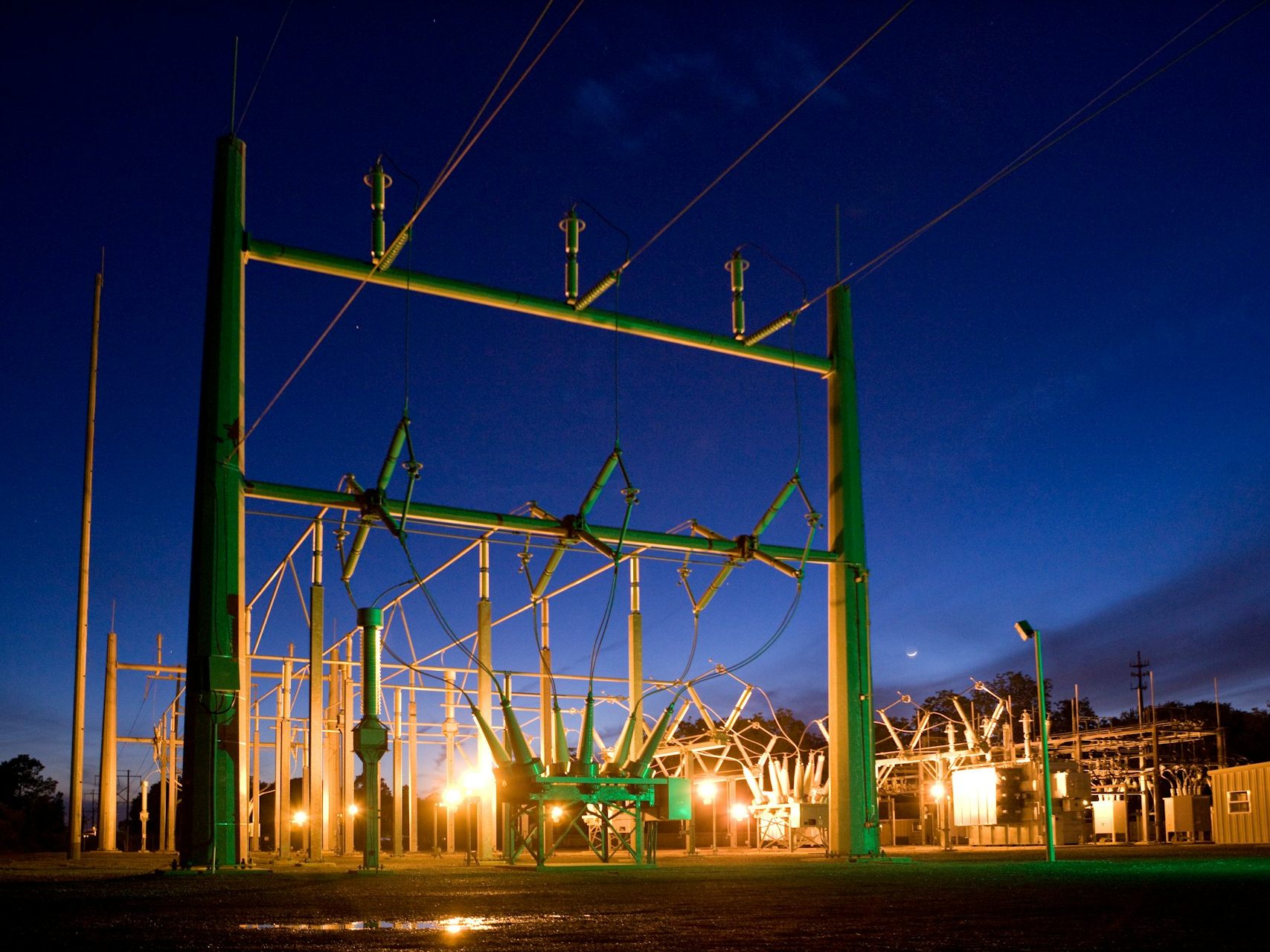Negative Electricity Prices: Challenge for the Energy Transition

The current turbulence in the electricity market is a wake-up call for the energy transition in Germany.
In a surprising turn, electricity prices recently experienced a spectacular drop, with negative prices of up to minus 10 cents per kilowatt-hour recorded on certain days. What initially sounds like good news for electricity consumers poses complex challenges for the energy industry. This development not only means potentially lower electricity bills but also negative financial impacts for operators of photovoltaic systems and other renewable energy sources. They face a dilemma: It becomes unprofitable for them to feed electricity into the grid at their calculated prices when the market price falls below zero. This could long-term affect investments in renewable energies and thus slow down the energy transition.
The causes of these dramatic price movements lie mainly in an oversupply of electricity, resulting from a strong increase in the production of renewable energies, especially solar and wind power. On days with particularly high feed-in volumes combined with low consumption, there is an oversupply in the grid. In such moments, the operators of the power grids effectively pay for the electricity to be taken off to prevent overloading the grids. This dynamic highlights how crucial the expansion of energy storage and flexible consumption solutions is for a stable and sustainable energy supply.
Impact on Consumers and the Energy Transition
For end customers, the move into negative electricity price regions can mean short-term savings, but whether these actually reach consumers depends on the contract design with their energy supplier. Long-term fixed-price contracts, for example, are hardly immediately affected, whereas variable tariffs could benefit more from the price fluctuations. On the other hand, energy suppliers must secure themselves with safety mechanisms to offset any losses arising from such unusual market situations.
The Future of Renewable Energies
These developments raise fundamental questions about the sustainability and integration of renewable energies into the existing infrastructure. The need for modern technologies such as smart grids and effective storage systems is more urgent than ever. Only through intelligent control can it be ensured that the generated energy is used where and when it is needed to minimize this volatility. Additionally, incentives must be created to promote the further expansion of renewable energies under fair market conditions.
The discussion about negative electricity prices is thus far more than just a question of short-term effects; it is a crucial parameter for shaping the future energy landscape. This requires comprehensive strategic planning that involves all actors in the energy sector to ensure a future-proof, environmentally friendly, and economically viable energy supply.
This article has been automatically translated, read the original article here.





